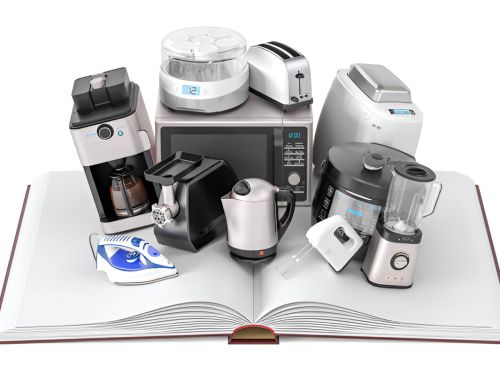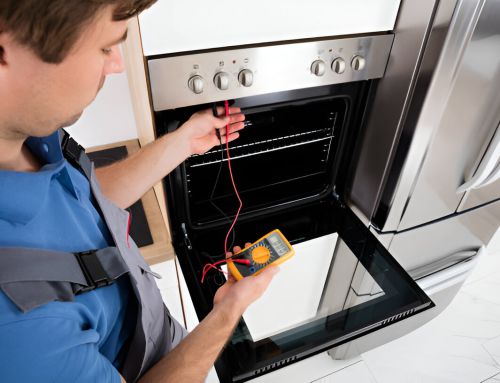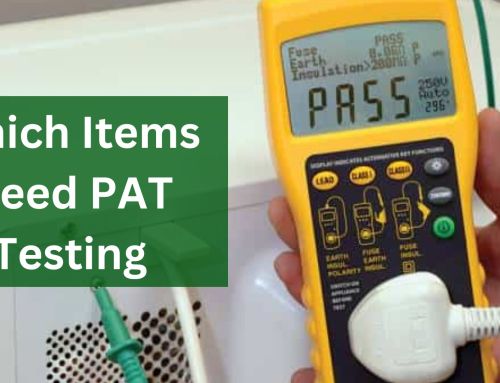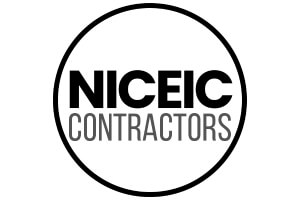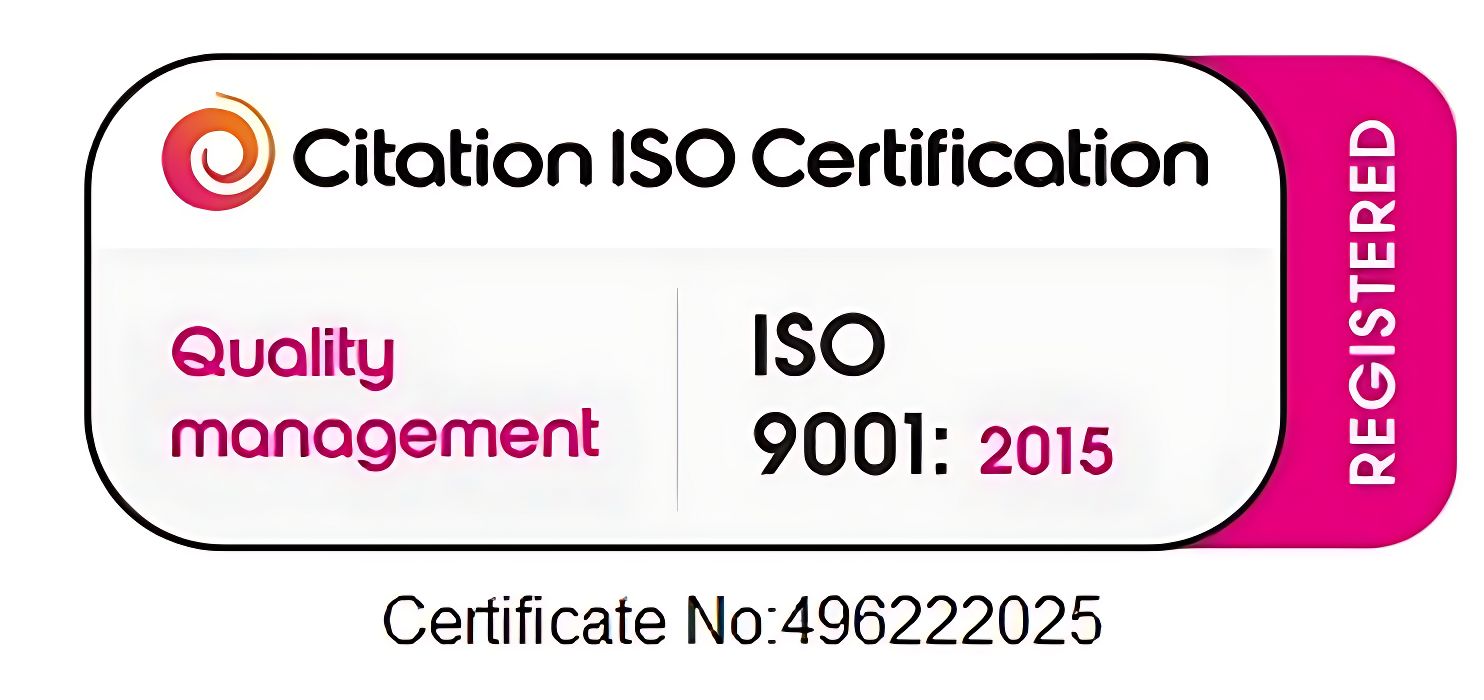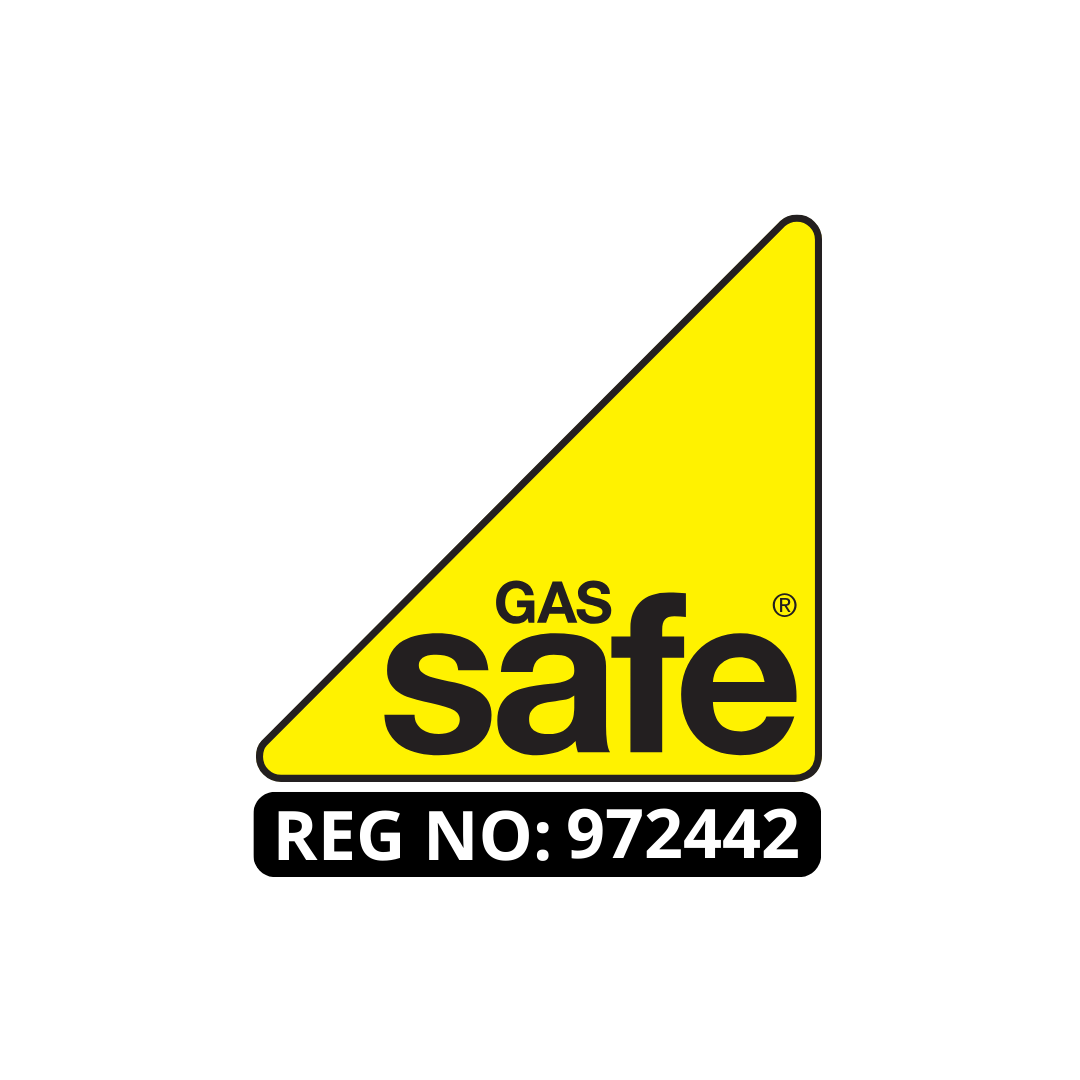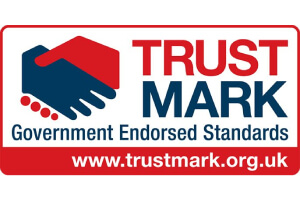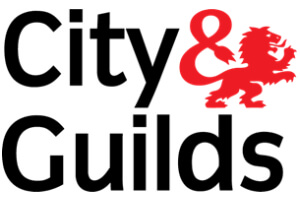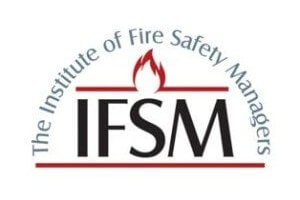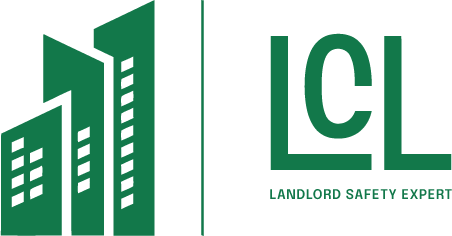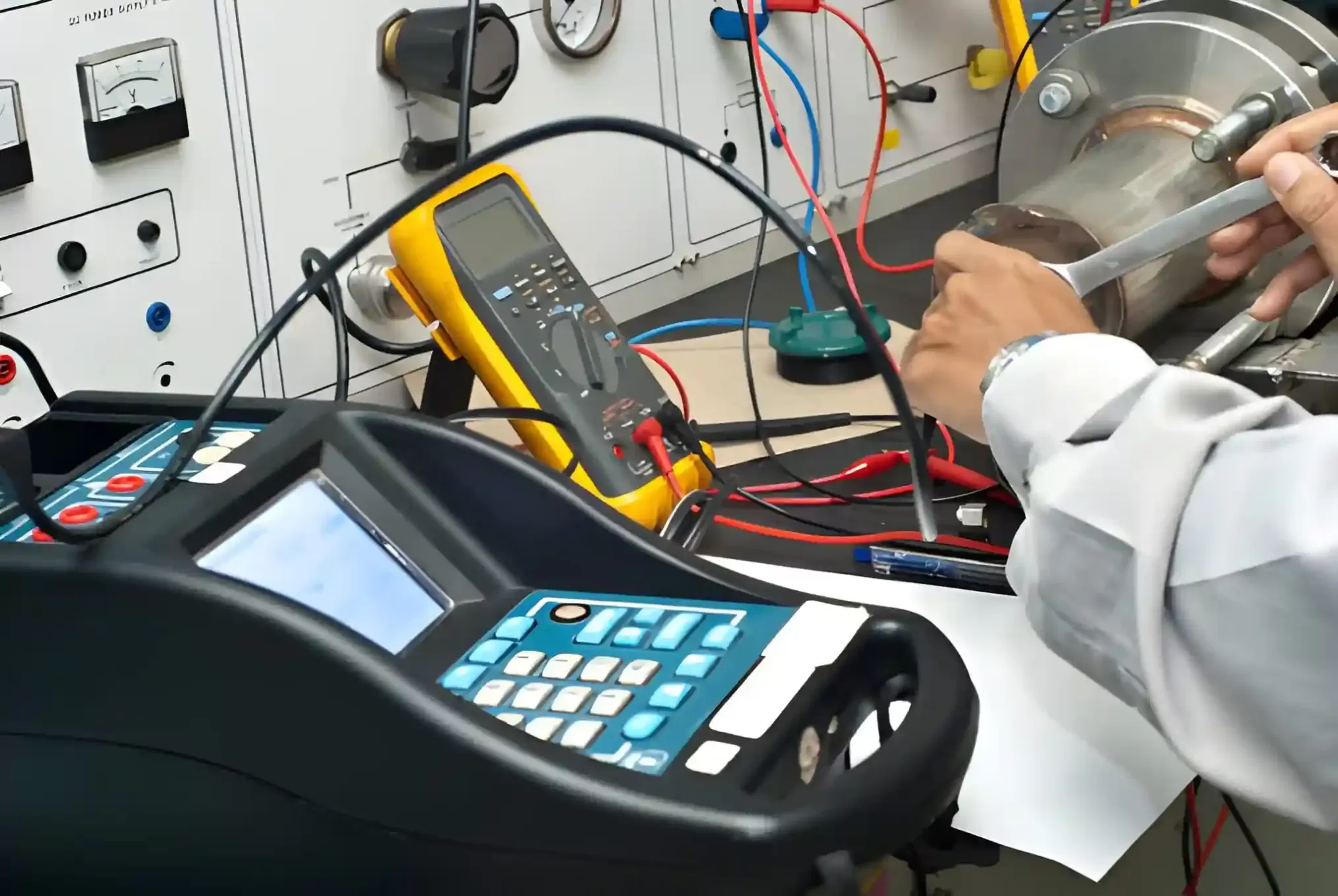
In 2025, understanding the Portable Appliance Testing cost will be essential for businesses aiming to comply with safety regulations. Factors such as the number of appliances and geographic location will influence expenses. With average costs ranging from £1 to £3 per item, small businesses may face significant total costs. As safety becomes a priority, organizations must consider their budgeting strategies carefully. What implications will these costs have for various industries?
Key Takeaways
- In 2025, average PAT costs are expected to remain between £1 and £3 per item, influenced by service provider rates and equipment type.
- Small businesses may budget between £50 to £150 for comprehensive PAT services, reflecting appliance quantity and complexity.
- Regular PAT testing is typically required annually, ensuring compliance with legal safety regulations for employers and reducing potential liabilities.
- Geographic location and the choice between in-house testing and outsourcing will impact overall PAT expenses in 2025.
- Volume discounts may be available for businesses testing large quantities, encouraging cost-effective safety compliance strategies.
What Is Portable Appliance Testing and Why Does It Matter?
Portable Appliance Testing (PAT) serves as an essential safety measure in various environments, ensuring that electrical appliances are safe for use. This systematic examination involves checking electrical equipment to identify any faults that could pose risks to users. By performing PAT, organizations and individuals can foster a culture of safety, empowering people to utilize electrical devices without fear of accidents.
Moreover, PAT is critical for compliance with legal regulations, which aim to protect both employees and the general public. Regular testing not only mitigates hazards but also extends the lifespan of appliances, promoting sustainability and reducing waste.
In a world where personal and collective freedom thrives on safety and reliability, PAT plays an important role. Ultimately, prioritizing the safety of electrical appliances allows individuals to enjoy their environments fully, unburdened by the looming threat of electrical hazards. Consequently, understanding PAT is fundamental for anyone seeking to embrace freedom in their daily lives.
Understanding Portable Appliance Testing Cost in the UK
How much does Portable Appliance Testing cost in the UK? Understanding the expenses associated with PAT is vital for businesses and individuals alike. Costs can vary based on several factors, but generally, they fall within a specific range.
Key considerations include:
- Service Provider Rates: Companies may charge differently based on their reputation and service quality.
- Number of Appliances: The more appliances to test, the higher the overall cost; bulk testing can often reduce per-unit expenses.
- Location: Geographic differences can influence pricing, with urban areas typically seeing higher costs due to demand.
Ultimately, investing in PAT is a significant step toward ensuring safety and compliance with regulations.
Factors That Affect Portable Appliance Testing Cost
While various elements influence the Portable Appliance Testing cost, several key factors stand out.
The number of appliances to be tested plays a significant role; bulk testing may yield lower per-item costs. The type of equipment is another determinant, as specialized or higher-risk items often require more rigorous testing, impacting overall expenses.
The location of the testing service can also affect pricing, as urban areas might see higher rates due to increased demand and operational costs. Additionally, the choice between in-house testing and outsourcing to a professional service influences cost; while in-house may seem economical, it often lacks the expertise and equipment of dedicated professionals.
Finally, the frequency of testing impacts costs; regular, planned maintenance might result in reduced pricing compared to sporadic assessments. Understanding these factors can empower businesses to navigate the financial landscape of PAT effectively.
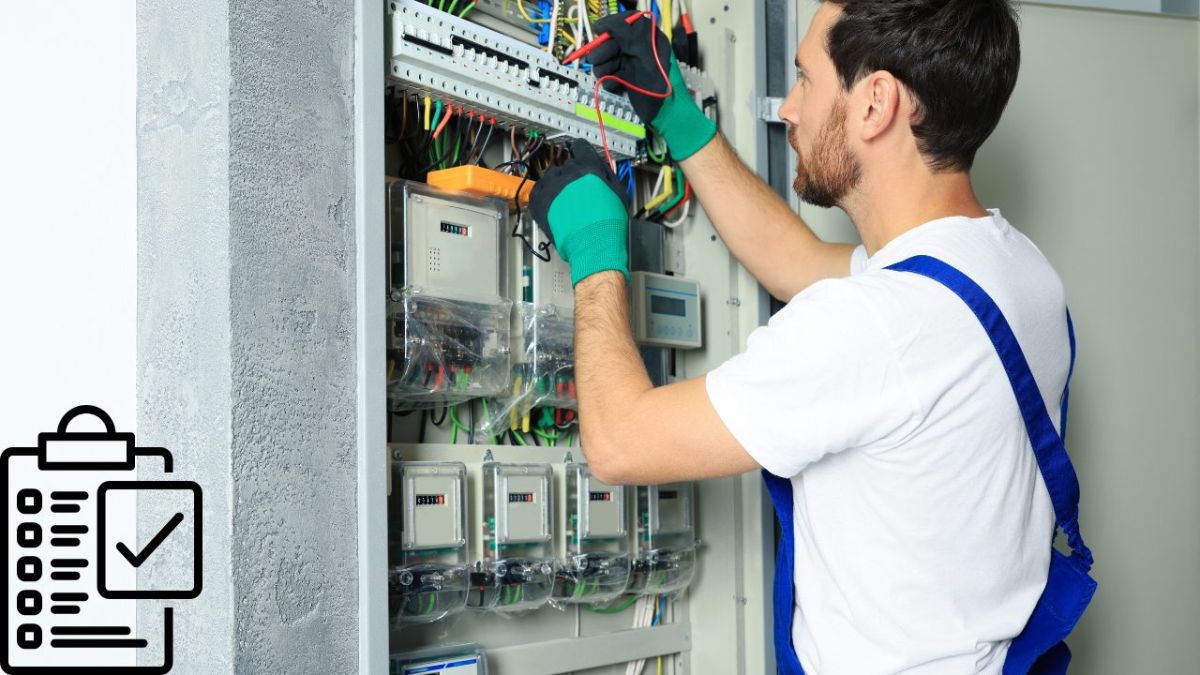
Average Portable Appliance Testing Cost per Item
The average Portable Appliance Testing cost per item can vary considerably based on several factors, including the type of equipment and the service provider’s pricing structure. Typically, businesses can expect to pay between £1 to £3 per item for testing services.
Factors influencing this cost include:
- Type of Equipment: More complex appliances, such as industrial machines, may incur higher fees.
- Volume Discounts: Businesses testing large quantities might benefit from reduced rates per item.
- Location: Service costs can fluctuate depending on regional pricing norms.
Understanding these variables allows organizations to make informed decisions about PAT services.
Businesses need to assess their unique needs and seek out competitive quotes to guarantee they are receiving quality service at a fair price.
This awareness empowers them to maintain safety while fostering an environment of operational freedom.
Portable Appliance Testing Cost for Small Businesses
For small businesses, the Portable Appliance Testing cost can be a considerable consideration, especially when budgeting for safety compliance. The expenses associated with PAT vary based on several factors, including the number of appliances and the service provider chosen.
Generally, small businesses may expect to pay anywhere from £50 to £150 for an extensive PAT service, depending on the complexity of their electrical equipment.
Investing in PAT is essential for ensuring employee safety and meeting legal obligations, which can ultimately protect the business from potential liabilities.
Furthermore, while the upfront costs may seem intimidating, the peace of mind derived from knowing that appliances are safe can foster a more productive work environment.
Small business owners should weigh these costs against the potential risks of neglecting safety compliance, as the freedom to operate without worries can greatly enhance their focus on growth and innovation.
How to Reduce Portable Appliance Testing Cost Without Cutting Corners
Reducing the Portable Appliance Testing cost without compromising on quality is a goal for many small businesses.
Achieving this balance can empower organizations to maintain safety standards while optimizing expenses. Here are three strategies to take into account:
- In-house Training: Invest in training employees to conduct preliminary checks, minimizing reliance on external testers for basic inspections. This fosters a culture of safety and reduces costs over time.
- Scheduled Testing: Implement a regular testing schedule to prevent costly emergency checks. By anticipating needs, businesses can budget effectively and avoid unexpected expenses.
- Bulk Contracts: Negotiate bulk testing contracts with service providers. Committing to multiple testing sessions can lead to significant discounts, ensuring compliance without overspending.
Portable Appliance Testing Cost vs Long-Term Safety Savings
While businesses often view Portable Appliance Testing costs as an immediate expense, a broader perspective reveals the potential for significant long-term savings through enhanced safety. Investing in PAT can lead to reduced accidents, lower insurance premiums, and increased employee morale, ultimately fostering a culture of safety and responsibility.
| Cost Factors | Long-Term Safety Savings |
|---|---|
| Initial PAT Costs | Fewer workplace injuries |
| Regular Maintenance | Lower insurance premiums |
| Compliance Penalties | Enhanced employee productivity |
The initial outlay for PAT may seem burdensome, but the investment pays dividends by preventing costly accidents and legal repercussions. By embracing a proactive approach, businesses can free themselves from the concerns associated with electrical safety, leading to a more liberated and secure working environment.
How Often Do You Pay for Portable Appliance Testing Costs?
Determining the frequency of Portable Appliance Testing costs is essential for maintaining a safe workplace. The intervals at which businesses should conduct PAT can vary based on specific factors and regulations.
Typically, organizations should consider the following guidelines:
- Type of Equipment: High-risk environments, such as construction sites, may require testing every 3 months, while office equipment might only need annual testing.
- Usage Frequency: Appliances that are used frequently or moved around often require more regular testing to guarantee ongoing safety.
- Regulatory Requirements: Local laws and industry standards can dictate the minimum frequency for conducting PAT, necessitating compliance to avoid legal complications.
Portable Appliance Testing Cost Checklist for 2025
In 2025, organizations need an all-encompassing checklist to effectively manage Portable Appliance Testing (PAT) costs. First, they should assess the number and types of appliances requiring testing. This helps in estimating the workload and associated costs.
Next, organizations must identify qualified PAT technicians or service providers, guaranteeing they understand pricing structures and service offerings.
Budgeting for PAT is essential, including costs for equipment, labor, and any potential repairs. Organizations should also consider scheduling regular testing intervals to avoid unexpected costs and guarantee compliance with safety regulations.
Additionally, tracking historical PAT costs can provide insights into trends and help in future budgeting.
Finally, maintaining detailed records of inspections and repairs not only aids in cost management but also demonstrates compliance during audits. By following this checklist, organizations can remain proactive, guaranteeing safe working environments while managing their PAT expenditures effectively.
Cost Differences Between Small and Large Workplaces
When comparing the Portable Appliance Testing cost between small and large workplaces, significant differences often emerge due to varying scales of operation and the number of appliances. Small workplaces typically manage a limited number of appliances, resulting in lower testing costs. In contrast, larger organizations face increased expenses associated with a broader range of devices.
Key factors influencing the cost differences include:
- Number of Appliances: Larger workplaces possess more appliances, necessitating more thorough testing services.
- Time Required: Testing numerous appliances in larger settings consumes more time, leading to higher labor costs.
- Specialized Equipment: Larger businesses may require specialized testing equipment to handle diverse appliances, further driving up costs.
Understanding these distinctions can help businesses plan and budget effectively for PAT requirements, ensuring compliance and safety in their respective environments.
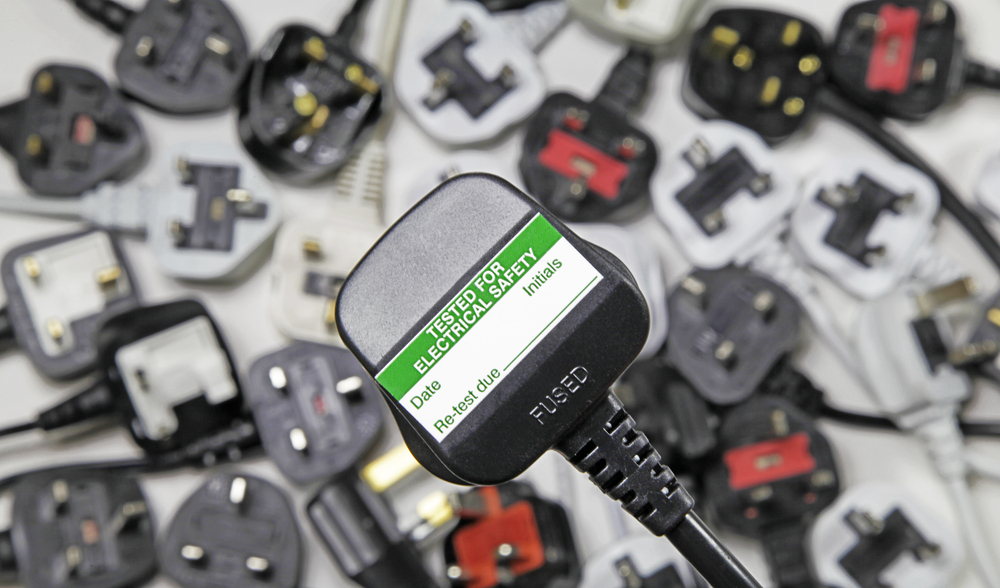
How Location Affects the Price You Pay
Geographical location plays a significant role in the cost of Portable Appliance Testing (PAT). Prices can vary dramatically based on regional demand, availability of certified technicians, and local regulations. Urban areas often face higher costs due to increased overhead and competition among service providers. Conversely, rural locations may experience lower prices, but options for service might be limited.
| Location Type | Average PAT Cost (£) |
|---|---|
| Urban | 150-250 |
| Suburban | 120-200 |
| Rural | 80-150 |
| High Demand | 200-300 |
| Low Demand | 70-130 |
Ultimately, the freedom to choose a testing provider may be influenced by these geographical factors, impacting both availability and pricing. Understanding the local market dynamics empowers businesses to make informed decisions regarding their PAT requirements.
Comparing Appliance Testing with Other Safety Certifications
While Portable Appliance Testing (PAT) focuses specifically on the safety of electrical appliances, it is essential to recognize how it compares to other safety certifications, such as those for fire safety or building regulations. Each certification plays a pivotal role in ensuring overall safety, yet they address different aspects of risk management.
- Scope of Coverage: PAT targets electrical appliances, while fire safety certifications encompass fire alarms, extinguishers, and emergency exits.
- Frequency of Testing: PAT is often performed annually, whereas fire safety checks may be less frequent, depending on building usage and local regulations.
- Regulatory Requirements: Compliance with PAT is often a legal requirement for employers, but fire safety certifications may have more stringent legal implications depending on jurisdiction.
Understanding these differences empowers businesses and individuals to prioritize safety effectively, ensuring freedom from hazards in various environments.
Frequently Asked Questions
A tester for portable appliance testing should ideally possess relevant electrical qualifications, such as a City & Guilds certification. Additionally, experience in electrical safety and knowledge of applicable regulations are essential for ensuring compliance and safety.
DIY testing may offer a sense of autonomy, but it often lacks the expertise and precision of professional services. Individuals should weigh the risks and potential consequences before opting for this alternative approach to safety compliance.
Businesses can prepare for a portable appliance testing inspection by conducting a thorough inventory of appliances, ensuring proper maintenance records are kept, and training staff on safety protocols, fostering a culture of responsibility and awareness.
Various appliances, including electrical tools, kitchen equipment, office devices, and extension leads, are required to undergo testing. Ensuring safety and compliance, businesses must regularly assess these items to protect users and maintain operational integrity.
Failure to conduct portable appliance testing can lead to legal repercussions, including fines or penalties. Employers may also face increased liability risks if accidents occur due to untested equipment, undermining workplace safety and employee well-being.
Conclusion
In summary, understanding the Portable Appliance Testing cost in 2025 is essential for businesses aiming to maintain safety compliance. Factors such as the number of appliances, service provider rates, and geographic location greatly influence expenses. With average costs ranging from £1 to £3 per item and small businesses facing total expenses between £50 and £150, strategic budgeting for PAT will be vital in ensuring safety while effectively managing financial resources.
About the Author: Atia Amin
Related Posts
Get Social
Recent Posts
- Fire Alarm Installation as a Foundation for Stronger Property Protection
- Properties That Must Hold a Valid Fire Safety Certificate
- How a Fire Risk Assessment Shapes Stronger Safety Decisions
- Why Every Property Requires a Valid Gas Safety Certificate
- EICR Testing and Property Safety Overview Guide for Building


